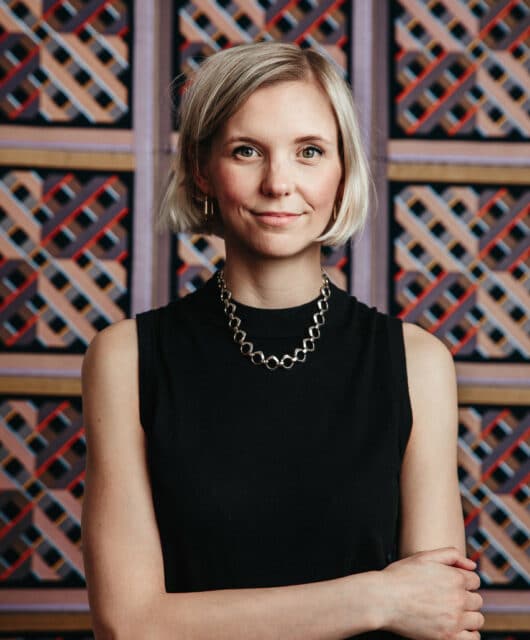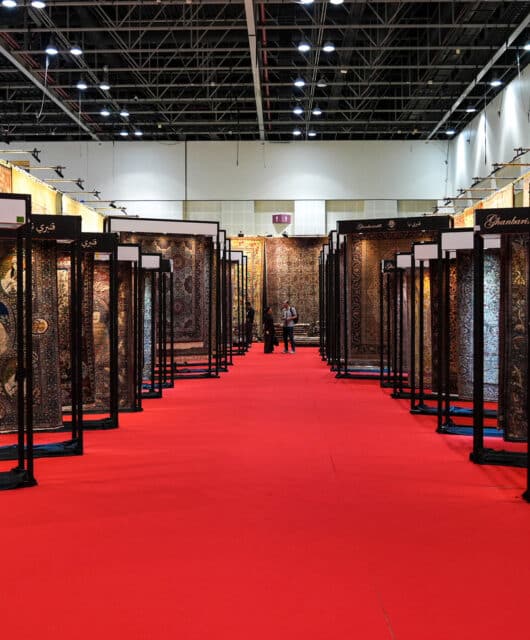 Abeer Sultan Al Ameri, founder and CEO of Salud Design, explains how finding the right balance between modern and antique designs is an art.
Abeer Sultan Al Ameri, founder and CEO of Salud Design, explains how finding the right balance between modern and antique designs is an art.
Webster defines balance as a pleasing orderly and artistic arrangement of elements. It makes one wonder how something artistic can ever be orderly. However, we frequently see this applied to almost all aspects of life, whether small or large, such as relationships, work life, getting dressed, food, and home design. As a designer, this is very intriguing to me.
Classic vs Modern, like art and order, are two obvious contrasting styles in home design; classic is there to tell a story and is timeless, whereas modern is more specific and is there to fulfil a practical purpose. As a result, we find it challenging but never impossible to combine these styles.
Creating a balanced atmosphere that exudes harmony and comfort necessitates the presence of a unifying object, something that binds the entire space together and gives it reason and sense. This specific bonder can be a space-complementing colour, material, art piece, fabric, or pattern; just one item, when found and used correctly, will be the perfect icebreaker for the style matchmaking.
Interior design, as an ever-evolving field, will always present its creator with challenges, and the more they occur, the greater the skill grows. In today’s fast-paced world, we see homeowners acquiring simpler interior styles that are less cluttered and have clean visible lines. This same trend has been seen in architectural designs, the look of the future, and progress. Alternatively, there is no denying that people are drawn to ancient designs. Every year, approximately 750 million tourists travel worldwide, with close to 20% of them travelling specifically to visit historical museums and a half travelling to see the Palace of Versailles. People are always interested in history and how it all came about, so this is a growing market that will continue to grow.
The brilliance and grand status of historical buildings and interiors is a fading art. The stories of luxurious balls and grand love stories have always been the focal point of curiosity and an attractive entertainment plot, a mystical existence that we all at one point wished to live in. Everyone desires a piece of history as well as the luxury and status that comes with living in a classical home.
Every ornate detail in a vintage furniture piece, every intricate wallpaper pattern, and every perfuse carving on a chair represents a magnificent opulence in a living style that is never affected by time, regardless of the century, it is used. Such furniture design becomes a story to be told and gains in value over time. This is why we now see interiors that combine futuristic and classical elements – walls with simple panels and velvet extended drapes, a combination of wall-hidden Led lighting complementing crystal chandeliers over a clean white sleek sofa. Details that were once frowned upon have now been combined to create a one-of-a-kind designed home.
Contrasts will continue to exist in all fields, and the designer’s imagination and creativity will be the tools used to present them in a positive light. We live and work in an ever-changing country where nothing is impossible, which provides a breeze of encouraging support for any designer to always strive for excellence.







